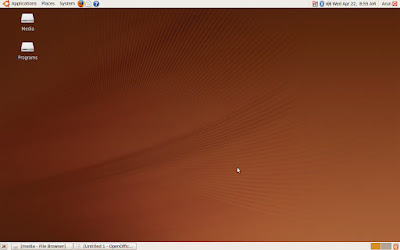Step 1: Download the FREE web server app off the Android market. Search for kWs on the Android market and your first hit should be the web server. Download it and lets get started.
Step 2: Put the file containing your website on your phones SD card. The easiest way to do this is to connect your phone via USB, then dump the file on the card. I named mine index.html and it worked straight away.
Step 3: Register with dyndns.com or no-ip.com. In order to view your site from anywhere you are going to need Dynamic DNS. Luckily this service is free (for a non-custom domain name) or you can pay a cheap monthly fee. But seeing as how this is a web server for your phone, the free service should do just fine. I have used both dyndns.com and no-ip.com and they are pretty equal as far as I am concerned. Both allow you to choose from some pre-selected domain names. None of the domain names are really great, but between the two sites you should find one that fits your site. I am not going to go too in depth on the account creation process (both sites offer great info on setup)...basically you create an account, choose your site domain name, then you are done. The web server will take care of the rest.


Step 4: Configuring your web server.
When you first start your kWs app you will see a button at the bottom of the page that says "Start Server" (see left pic). Don't start it just yet. First hit the menu button and select the settings button. Here you will see a list of options (see the right pic). Select where your file is (if you dumped it on the SD card it is ready to go by default). Next select your port (by default it is 8080...and yes this means you need to put :8080 at the end of your site name ie http://my.site.org:8080) we can leave that default right now. There are some more advanced features next, but we are going to skip those and go to the DYDNS setup section. Here you select your provider, for this I am going with no-ip because they provide free web port redirect (so no adding :8080) and the ability to mask your URL when it redirects. So next put in your user name, password, and your website's URL.
Step 5: Start the server. That's it, your done! Now keep in mind there might be a few min lag time between when you make changes on your DYNDNS site and when changes are made to your site. Just a few quick things to mention...max connections to your site is 10...so this isn't meant for much beyond personal use. Hope this works for you as well as it worked for me!
PS: They also have a paid version of this app, but I have not had a chance to try it out yet.









